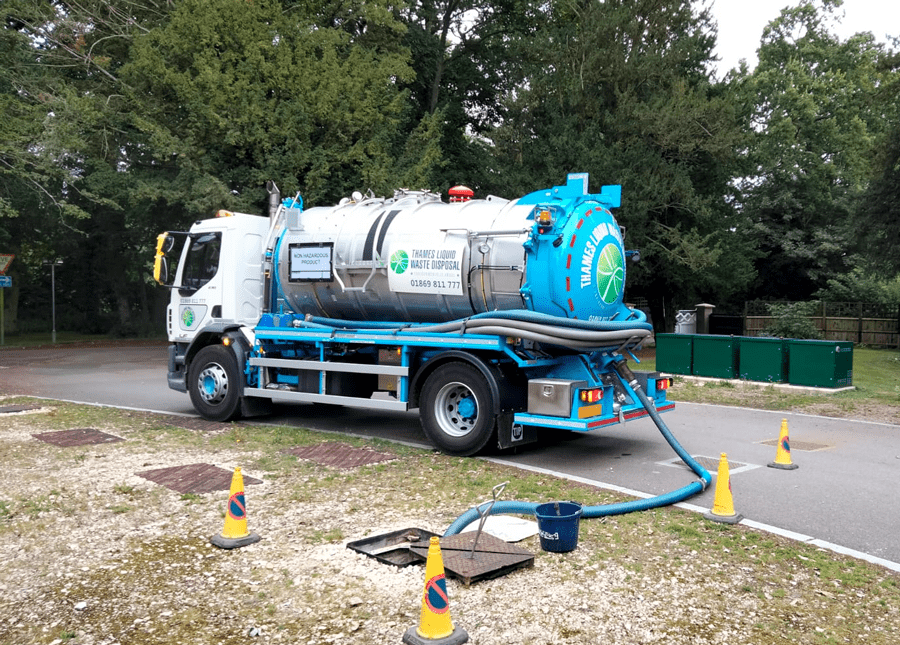The smart Trick of Reclaim Waste That Nobody is Discussing
The smart Trick of Reclaim Waste That Nobody is Discussing
Blog Article
Fascination About Reclaim Waste
Table of ContentsThe Definitive Guide to Reclaim WasteThe 10-Minute Rule for Reclaim WasteThe Best Strategy To Use For Reclaim WasteReclaim Waste Things To Know Before You Buy3 Easy Facts About Reclaim Waste Shown
Discover the types, occurrences, and kinds of liquid waste. Domestic sewer waste refers to the waste and products from a residential sewage-disposal tank. This kind of waste is produced by humans in residences, institutions, and various other buildings. This only consists of septic systems that have a drainpipe area. The proper monitoring and disposal of domestic sewer waste require fluid waste to be transferred to a sewage therapy plant where the proper approaches and equipment are used to purify and dispose of waste.
Industrial waste often includes prospective threats, such as flammable products or a combination of liquid and solid waste items, and calls for an advanced and detailed disposal process. The disposal of industrial waste commonly involves the filtering of waste before transport to ensure risk-free and appropriate disposal. Industrial waste is created from by-products and overflow of commercial procedures and manufacturing.
This kind of waste can not utilize the exact same sewage administration transport or procedures as septic or business fluids. The commercial waste monitoring procedure calls for the inspection and testing of liquid waste before it undergoes the disposal procedure (liquid waste removal). Overflow waste is the liquid waste that comes from overflow and excess stormwater in highly populated areas or cities
Runoff waste can cause contamination and flooding if not handled properly. Learn more concerning sewage system cleansing and waste administration. Making sure correct waste administration can avoid catastrophes and decrease ecological injury. Both people in property setups and experts in commercial or manufacturing markets can take advantage of comprehending the processes and laws of liquid waste administration.
About Reclaim Waste
Contact PROS Providers today to find out about our waste administration and disposal services and the proper ways to care for the fluid waste you create.
(https://reclaimwaste1.creator-spring.com)This supposed 'wastewater' is not just an important source yet, after treatment, will certainly be launched to our land, rivers or the ocean. Used water from toilets, showers, bathrooms, kitchen area sinks, washings and commercial processes is known as wastewater.

water made use of to cool down equipment or clean plant and equipment). Stormwater, a kind of wastewater, is overflow that streams from agricultural and city areas such as roofings, parks, yards, roads, courses and seamless gutters into stormwater drains pipes, after rainfall. Stormwater flows unattended straight to regional creeks or rivers, ultimately reaching the sea.
The Of Reclaim Waste
In Queensland, the majority of wastewater is dealt with at sewage therapy plants. Wastewater is transferred from residential or commercial sites with click here now a system of drains and pump terminals, known as sewage reticulation, to a sewer therapy plant.
The Department of Natural Resources suggests local federal governments regarding handling, operating and maintaining sewage systems and therapy plants. In unsewered areas, city governments might require householders to set up individual or home sewer treatment systems to deal with residential wastewater from bathrooms, cooking areas, washrooms and washings. The Department of Natural Resources authorises the use of household systems when they are verified to be effective.
The majority of stormwater gets no treatment. In some new neighborhoods, treatment of some stormwater to get rid of trash, sand and gravel has actually begun utilizing gross contaminant catches. Wastewater therapy takes place in four stages: Gets rid of solid issue. Larger solids, such as plastics and other things wrongly released to drains, are gotten rid of when wastewater is passed through screens.
Wastewater after that flows right into big storage tanks where solids resolve and are removed as sludge. Grease and residue are skimmed from the surface area. Utilizes little living microorganisms called micro-organisms to break down and remove remaining dissolved wastes and fine fragments. Micro-organisms and wastes are included in the sludge. Removes nitrogen and phosphorus nutrients that might trigger algal blossoms in our rivers and intimidate water life.
Reclaim Waste for Dummies
Nutrient elimination is not available whatsoever sewer treatment plants since it needs expensive specialised equipment. It is ending up being more common in Queensland. Clear liquid effluent generated after therapy might still include disease-causing micro-organisms. If this effluent is launched right into rivers such as rivers or the sea, the micro-organisms will ultimately die out.

Many wastewater flows right into the sewerage system. Under the Act, regional governments provide authorizations and licences for eco appropriate tasks (ERAs) entailing wastewater releases that may have a neighborhood effect.
The Only Guide for Reclaim Waste
Or else, examples are taken for research laboratory evaluation. Typically several examinations are needed to establish the levels of each of the different toxins such as oils, hefty steels and chemicals in water. Monitoring provides factual info regarding water top quality and can validate that permit problems are being met. The information obtained with tracking supplies the basis for making water top quality choices.
Report this page